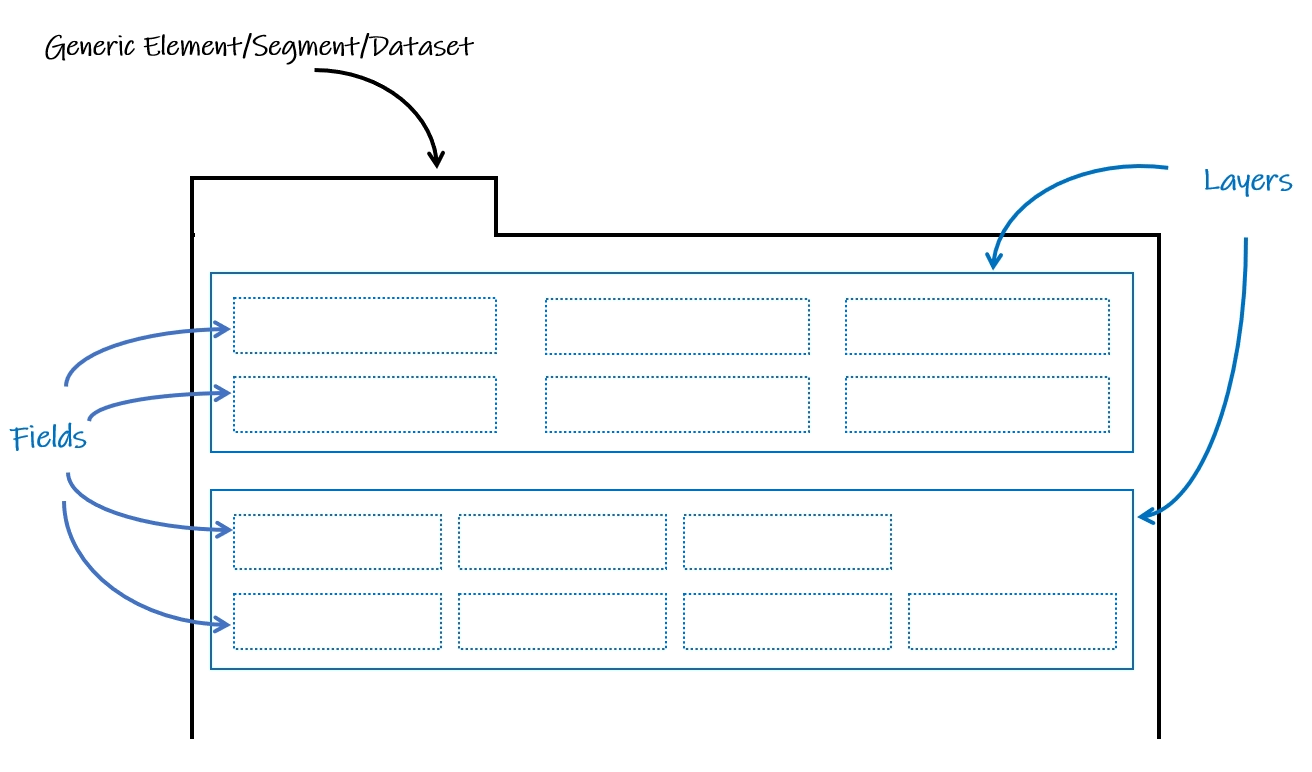LabIMotion is a software that provides the option to design new modules that can be adapted to the needs of the scientists. It includes Generic Elements, Segments, and Datasets. They are structured using Components, which are introduced as layers and fields. Each generic element, segment, or dataset has the capacity to encompass multiple layers, and within each layer, there is the potential for multiple fields to be present. This hierarchical arrangement allows for a flexible and comprehensive organization of data and information.
- Generic Designer
- Workflow of Generic Element
- Repetitation of layers
- Drag Element to Element
- Dataset Metadata
- LabIMotion Template Hub Synchronization [LabIMotion Template Hub]
See CHANGELOG for releases.
This repository contains a backend service for the LabIMotion. It is written in Ruby.
Documentation for users ⸢ Documentation ⸥
The documentation is divided into several sections:
-
As a Designer, to design
and see
- Template Features
- Components you can use to design the templates
-
As a User, to use
Documentation for developers ⸢ Technical Documentation ⸥
The main purpose of this repository is to continually enhance LabIMotion, making it more robust and user-friendly. We appreciate the community's valuable contributions in the form of feedback, bug fixes, and improvements.
Do you have questions about template design or have you encountered any issues? Please don't hesitate to file an issue for us, or reach out to us directly by sending an email.
For innovative feature requests, we encourage you to create a post on our Discussion board. This method provides our core team with a more accurate gauge of the features in high demand, which is superior to GitHub issues, as the latter can be more challenging to prioritize.
We kindly request that you refrain from submitting Pull Requests for new features, especially substantial ones, as there may already be ongoing work or such features may be part of our future plans. Your first step should be to initiate a conversation with us!
Code released under the AGPL-3.0 License.
This project has been funded by the DFG.
Funded by the Deutsche Forschungsgemeinschaft (DFG, German Research Foundation) under the National Research Data Infrastructure – NFDI4Chem – Projektnummer 441958208 since 2020.

